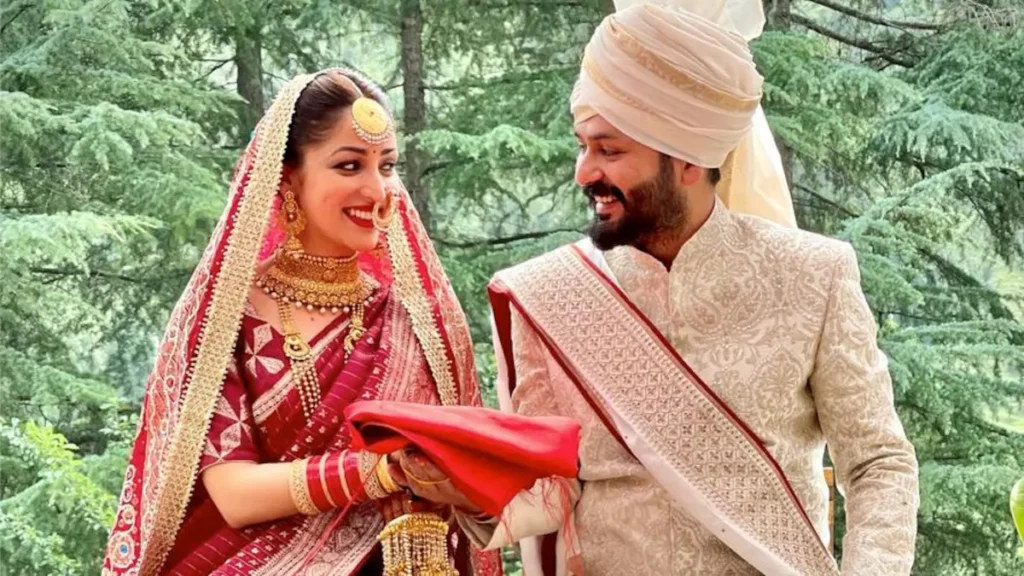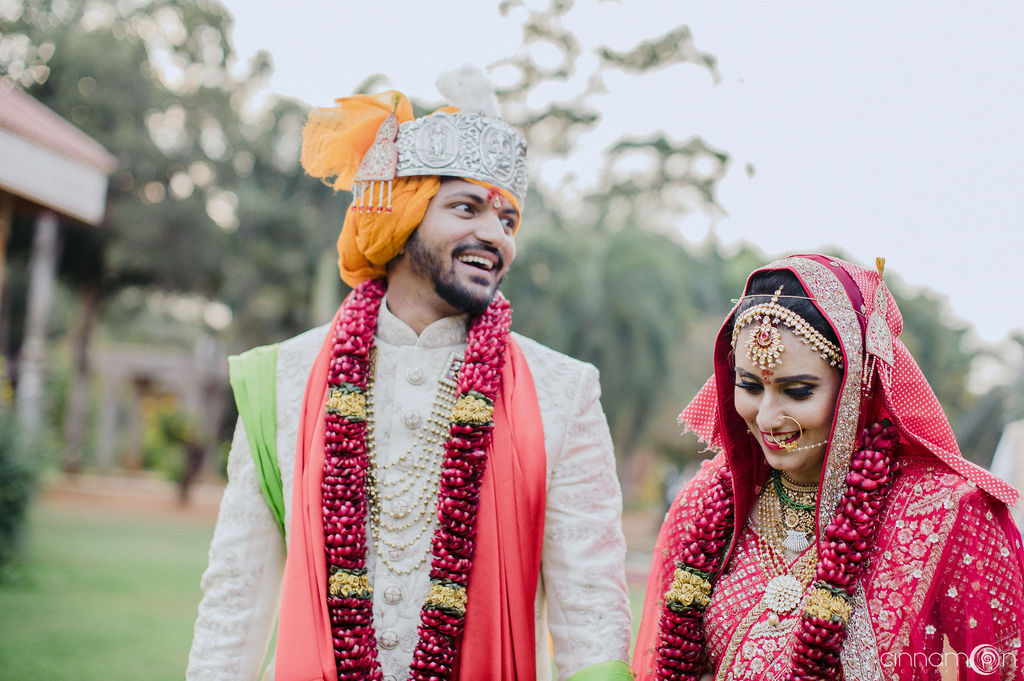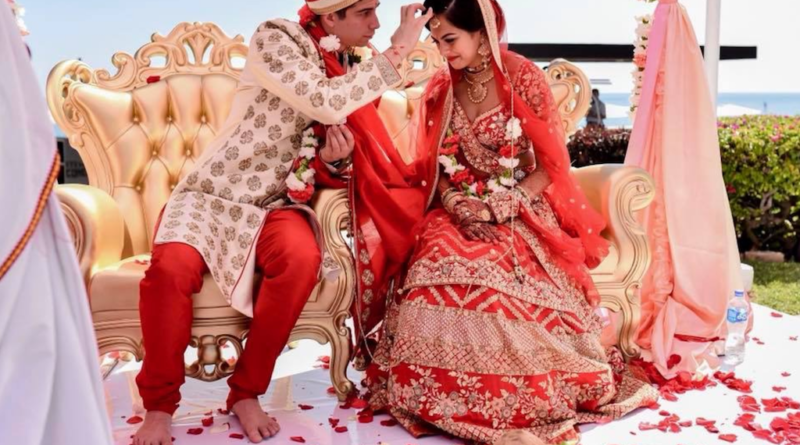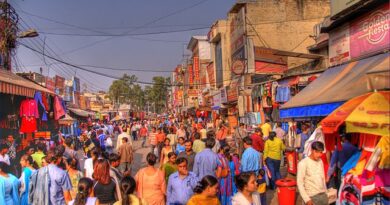Indian Weddings 2.0: The digital revolution in the wedding industry
In India, the national wedding market is worth over $50 billion, with families spending 20% of their wealth on a single wedding. In the year leading up to it, Indian weddings have undergone a technological revolution. From electronic invitations to vendor booking to overall planning, technology is transforming every aspect of the process.
Like everywhere else, technology has made wedding planning more complex. Thanks to digitization, you can now forget the hassle of going from vendor to vendor, finding and confirming wedding venues around town, and traveling from place to place to distribute invitations. Here are some of the best elements of wedding planning that have revolutionized the new era.

A big, fat Indian wedding requires endless planning. Choosing decorators, caterer, photographers and a solid venue used to be a daunting task. However, modern vendor planning has simplified all these tasks. Caterers, decorators, hair and makeup artists, photographers and other vendors can be booked with a click of a button.
The next-generation digital wedding planning platform offers brides and grooms a one-stop shop. They can search and filter via the app and website to choose the best resellers. This search also takes into account reviews from various {couples} and families, as well as photos and videos of early efforts shared by the vendor. This element adds credibility to the seller and simplifies the decision process for {couples}.
With the advancement of technology, it can be concluded that it is not only family and colleagues that influence wedding choices, but also the new age of technology.

With the advent of VR technology, guests can now visit wedding venues digitally. They can soak in the look and feel of the real setting without having to actually be there. This has made it especially easy to approach venue selection, an important and otherwise time-consuming task.
This means that clients no longer have to visit each wedding venue before deciding on it, saving them a lot of time and effort.
Resource Optimization. Electronic invitations and custom wedding websites
Traditional paper invitations are a thing of the past. Today, paperless and e-invitations are a popular model in the wedding industry for a number of reasons.
Customers who want to be environmentally conscious choose this product because it optimizes the use of resources, reduces waste, and sells an eco-friendly option. On the other hand, some people choose it because it saves them time, effort and a lot of money in distribution.

We also have details and statistics that work well. Our platform is currently seeing a 62% drop in demand for traditional wedding invitations in the first half of 2021. Using our unique technology to create a brand new level of a custom wedding website is the latest trend. Clients are designing a website for their own “big day”. It brings together all the essentials for this function, including getting RSVPs for dates, locations, times, and guestlists.
The guest list goes digital
Couples and families who don’t want to spend a lot of time on the ceremony opt for a hybrid wedding. A hybrid wedding is a combination of a face-to-face wedding and a digital wedding. The demand for this type of wedding has increased dramatically, especially after World War II. Experience has helped make hybrid weddings popular.
Advances in technology have made hybrid weddings even more personalized, allowing for the addition of elements such as digital photography venues.
Pandemic has been the driving force behind the explosion in demand for hybrid weddings. With its international reach and carefree approach, it will become commonplace in the coming years.
Attendee Management Tools to Manage RSVPs
Advanced technology has taken the mystery out of the most time-consuming activity: planning a wedding. Attendance lists can now even be created using a smartphone. There are a number of wedding planners who offer such tools, but WeddingWire India is probably one of the most important players among them. It is a special tool designed to ease the problem of organizing corporate guests at a wedding. With this tool, {couples} can create and manage the guest list and get invitation cards. This also helps to ensure the preparation.

A wedding is an intimate and emotional event. Capturing unique moments that they truly feel is an important responsibility. With the advancement of technology, this duty has become much more feasible. These days, we have things like drones that can capture moments like never before and HD cameras that can capture every element in high quality.
We haven’t completely escaped this pandemic, but these unique weddings have become a limited number of businesses. But for people living in distant cities and countries, the knowledge brings them together again. {Couples can easily spread out their marriage abilities and opportunities.
The new legislation is welcome. It offers a number of industries peaks the opportunity to expand beyond the standard elements, with the comfort of our customers being a priority.
Table of Contents
FAQ
What happens at an Indian wedding?
A typical wedding in India lasts 3 days. Guests are usually invited to each wedding to introduce the couple to their families, socialize, eat, dance and watch various performances. On the third day, the main ceremony, cocktail party and reception take place.
How many days are reserved for a wedding in India?
The typical schedule for an Indian wedding is approximately three days. Hindu weddings take place on the third day and usually last between one and a half and two hours, followed by a full reception. The day lasts about 16 hours.
What is a wedding ceremony in India?
Hindu wedding ceremonies are accompanied by a number of traditions and rituals unique to Hinduism. Weddings begin with small, intimate celebrations, such as the Mendi ceremony, where intricate henna designs are applied to the bride’s toes to protect them before the wedding ceremony begins.
You may like also:




